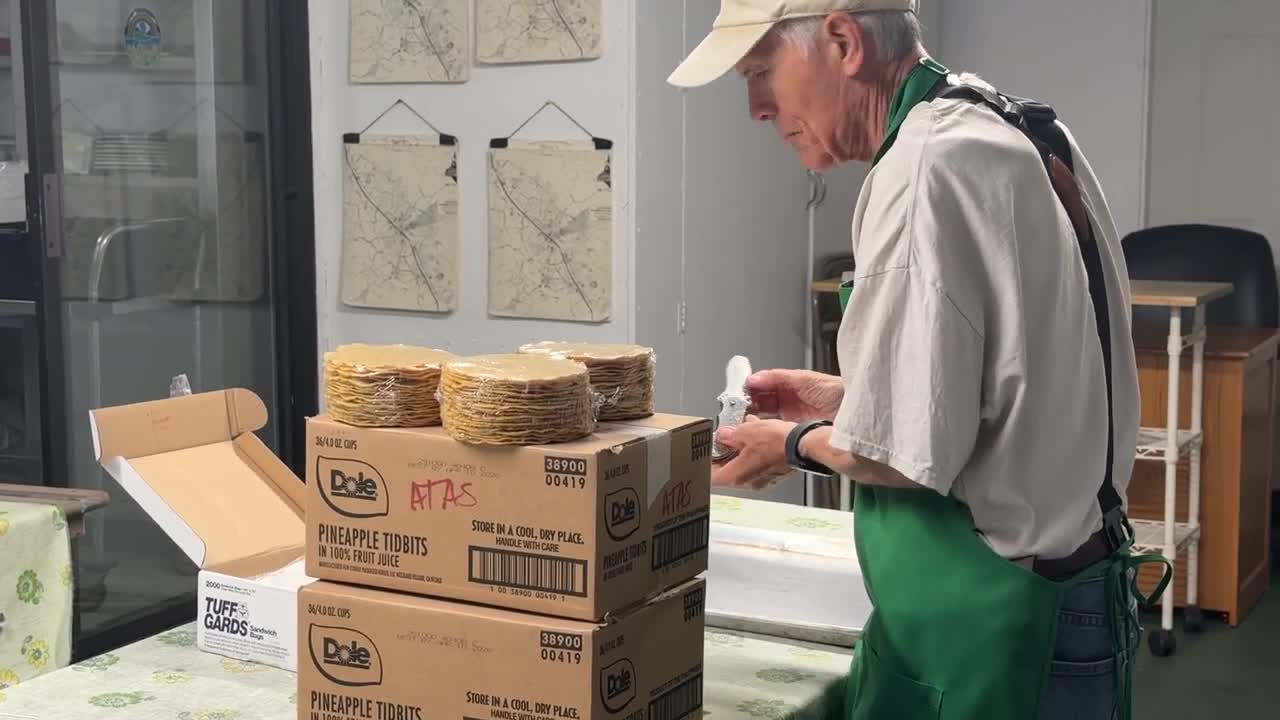Weekday mornings, volunteers at the Atascadero Meals That Connect dining site are cooking, bagging, and driving meals to hungry seniors across the county.
With San Luis Obispo County’s senior population growing faster than the rest of the state, this work is more critical than ever.
“We are experiencing an increase in seniors," said Laura Kelsay, Meals That Connect Executive Director. "In San Luis Obispo County, [we] are at about 26% of seniors in our population, whereas the State of California is about 17%, and that's projected to increase to 30% by 2030.”
Kelsay says that nearly 40% of San Luis Obispo County’s elderly population is living below the poverty line.
At the same time, the organization is facing a 25% cut in federal funding and a leadership change at the end of the year.
To help, the local organization MUST! Charities is launching a partnership to provide strategic planning and support to ensure Meals That Connect can keep serving seniors.
“We have to be addressing our senior population," said Randy Gray, MUST! Charities Director of Community Investments. "There are senior centers, health care providers, but what we know is that our seniors are struggling in accessing resources.”
“Lack of food security is the gateway to homelessness for many seniors," Kelsay said. "I don't know if you've looked at the cost of assisted living facilities lately, but they range anywhere from $2,000 to $12,000 per month.”
Meals That Connect runs ten dining sites county‑wide and a home delivery program that brings hot meals and wellness checks to more than 2,000 medically homebound clients.
Sometimes, that visit means saving a life. Kelsay recalled a time when one of their volunteers did more than just deliver food.
“[They] walked around the house and could see [a senior] laying on the floor in her home. She had been there overnight, and so he called the sheriff, and they came and they were able to get in the door and get her the help she needed,” she explained.
With the new partnership, Meals That Connect can continue to help meet the needs of one of the Central Coast’s most vulnerable populations.
“Most of our seniors are on very fixed incomes, and they bought their homes here many years ago so they can pay their mortgage, they can pay their bills, they can get by, but they need the nutrition," Kelsay said. "They need just a little bit of help. Somebody just checking in on them on a periodic basis to make sure they're doing okay, but for the most part, they can remain independent from then on and not add to our homelessness crisis here in the county.”




